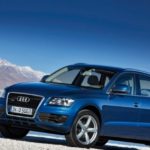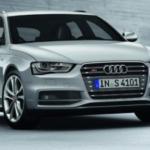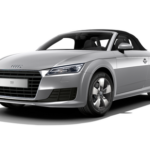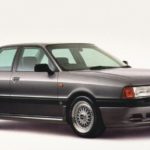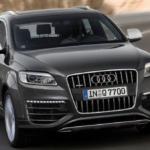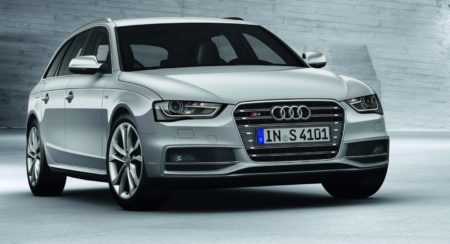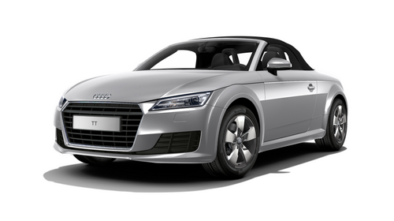Audi Q5 8R 2008 - 2017 - Used, engines, failures
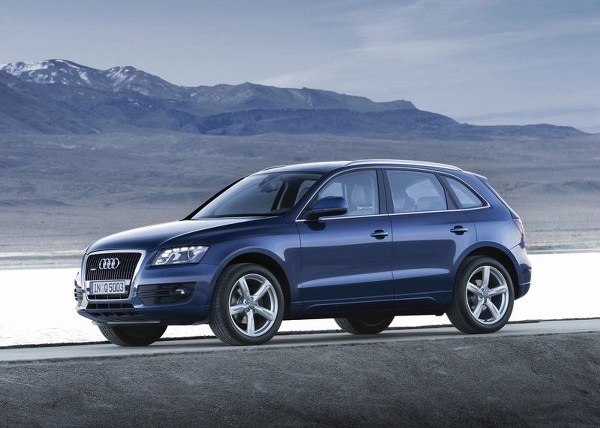
Audi Q5 8R
Production: 2008 - 2017
Restailing: 2012
Manufacturer: Audi
Class: ATV
Competitors: Volvo XC60, Bmw X3, Land Rover Discovery, Mercedes Benz GLK, Porsche Macan
Euro NCAP: ★★★★★ (2009)
Advantages - Audi Q5 8R
+ Spaciousness
+ Diesel consumption
+ Equipment
+ Quality
+ Usability
+ Interior materials
+ Drive
+ Holding values
+ Good driving performance
+ Excellent four-wheel drive
+ Economical and dynamic diesel engines
Mane - Audi Q5 8R
-Dinner
- Solid chassis
- Maintenance costs
- Riding on the ground
- High prices of used cars
- High repair costs for S tronic transmissions
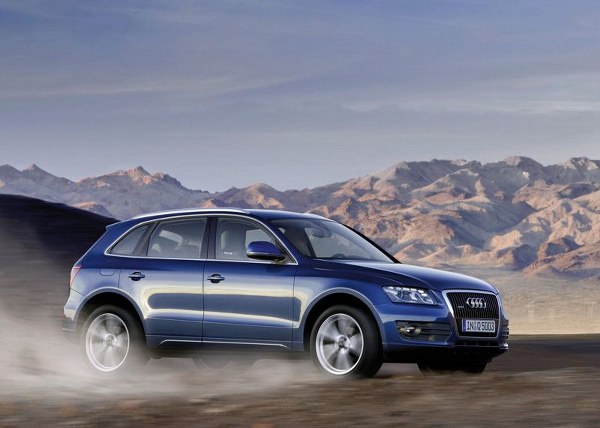
Audi Q5 8R
If anyone dreams of Audi The Q7, but fears terrible operating costs, should be considered the cheaper Q5. This is an extremely refined model.
The Audi Q5 8R belongs to the premium class. From the cheaper cars from the Volkswagen Group, it is separated not only by the quality of materials and finishing, but also by the design itself. The car is based on the Audi A4 platform, which means that the engine is driven longitudinally, not transversely and all-wheel drive uses a central Torsen differential (Volkswagen Tiguan has only a Haldek clutch).
The Audi Q5 debuted as a five-seater car. This concept did not change until the end of production.
The restailing from 2012 did not bring any major changes, except for the new LED headlights. It is important to note that the LEDs used in the older Q5 are not eternal. There are many examples on the market where they no longer work, replacing damaged light bulbs is not cheap.
Engines - Audi Q5 8R
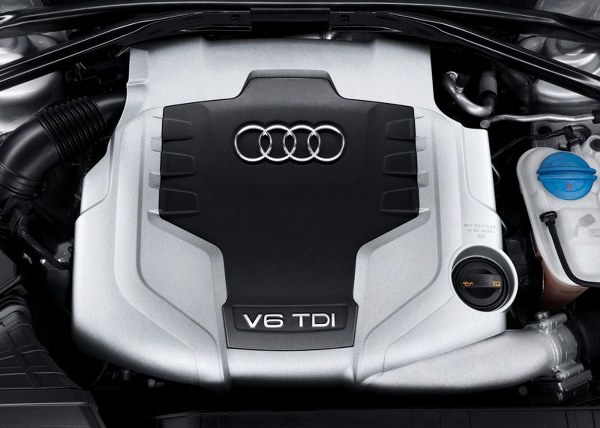
Audi Q5 8R
The used car is dominated by the Audi Q5 with diesel engines. No wonder - they fit perfectly into the character of this car and give it enough, and sometimes sensational dynamics (eg SKQ5 3.0 TDI). The base units have 4 cylinders and Common rail injection. They are much more durable than the old 2,0 TDI with pump injectors, but mechanics advise to check two things before buying - the condition of the oil pump and the quality of the injection system.
However, it can be assumed that 2.0 TDI CR engines can travel at least 300.000 km without any major problems, of course, while maintaining at more rigorous service intervals (changing oil every 15.000 km, replacing the drive belt every 90.000 km).
Only the weakest 4-cylinder engines are configured with a 6-speed manual transmission. In other cases, there are proven 8-speed Tiptronic and 7-speed S tronic (in the Audi nomenclature it is called the popular DSG transmission). Tiptronic is recommended on the used market - if the previous owner preferred a gentle driving style, it turned out that they are very vital, and possible repairs are limited to disturbances in the control electronics.
S tronic gearboxes have limited life span for structural reasons. For example, a clutch typically takes no more than 200.000. km.
Audi Q5 8R 2008 - 2017 technical data
| 2.0 TFSI |
2.0 TFSI |
3.2 TFSI |
2.0 TDI CR |
2.0 TDI CR |
3.0 TDI CR |
SQ5 TDI plus CR | |
|
Year
production *
|
2009-2017 | 2008-2012 | 2009-2012 | 2009-20013 | 2008-2012 | 2008-2012 | 2015-2017 |
| Engine code | CDNB, CNBC | CDNC | BALD | SHIT | CAHA, CGLB | CCWA | Cube |
| Motor | gasoline, turbo | gasoline, turbo | petrol | turbo diesel | turbo diesel | turbo diesel | turbo diesel |
| Engine displacement | 1984 cm3 | 1984 cm3 | 3197 cm3 | 1968 cm3 | 1968 cm3 | 2967 cm3 | 2967 cm3 |
| Number of cylinders / valves | R4 / 16 | R4 / 16 | V6 / 24 | R4 / 16 | R4 / 16 | V6 / 24 | V6 / 24 |
| Max. power | 180 BAM | 211 BAM | 270 BAM | 143 BAM | 170 BAM | 240 BAM | 340 BAM |
| Max. torque | 320 Nm | 350 Nm | 330 Nm | 320 Nm | 350 Nm | 500 Nm | 700 Nm |
| performance | |||||||
| Max. speed | 205 km/h | 222 km/h | 234 km/h | 190 km/h | 200 km/h | 225 km/h | 250 km/h |
| Accelerate from 0-100 km / h | 8,2 s | 7,2 s | 6,9 s | 10,8 s | 9,9 s | 6,5 s | 5,1 s |
| Average fuel consumption | 7,2 l / 100 km | 8,1 l / 100 km | 9,3 l / 100 km | 5,3 l / 100 km | 6,2 l / 100 km | 6,4 l / 100 km | 6,6 l / 100 km |
| * Years of manufacture refer to engine with the given code | |||||||
AUDI Q5 8R (2008-2017): MODEL HISTORY
2008: Audi Q5 presentation (8R mark); the car only exists in one, five-seat body version
2012: Model upgrade, hybrid version included, as well as sports version SQ5 3.0 TDI
2013: Q5 gets twins - Porsche Macan debuts on the market
2017: the end of production, the next generation of models
Review of errors and recalls
The Audi Q5 could be known as a sophisticated model. The purchase of a copy from the initial production period should be quite focused on operating costs, the amount of which corresponds to the vehicle class and the version and equipment of the engine.
Increased number of luggage or luggage lock problems.
Back seat lock problems.
A large number of owners report problems with daytime running lights, which is most often a DRL control unit fault.
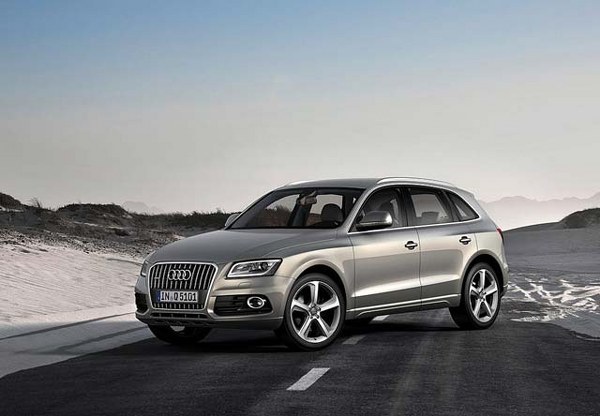
Audi Q5 8R
Revocation
Service
The 2.0 TDI engine has a toothed belt drive. Belt replacement is recommended after 180.000 km, with more frequent shorter trips at 150.000 km. Other engines have a maintenance-free chain that changes only when needed.
It is recommended that the spark plugs be reduced after 60.000 km. It is recommended that the fuel filter be changed every 60.000 km, the air filter every 30.000 km. The gearbox oil should be changed every 60.000 km.
In the case of the diesel engine, the SCR system consisting of (2.0 TSI S tronic from 08/2010 and Euro 6 May 2014) must be topped up with AdBlue - the need to complete the instrument panel application. The tank has a capacity of 23 liters, is poured through a hole located under the tank lid and, depending on the driving style, will last about 20.000 to 30.000 kilometers.
Audi Q5 price - used preview
Recommendation of similar texts:

Hi there, I am Mladen and I am an auto enthusiast. I started this blog years ago to help like minded people share information about latest cars, car servicing ideas, used car info, exotic cars, and auto technology. You will find helpful articles and videos on a wide variety of cars - Audi, Mercedes, Toyota, Porsche, Volvo, BMW and much more. Ping us if you have anything cool to share on latest cars or on how to make older cars more efficient, or just want to say hi!

